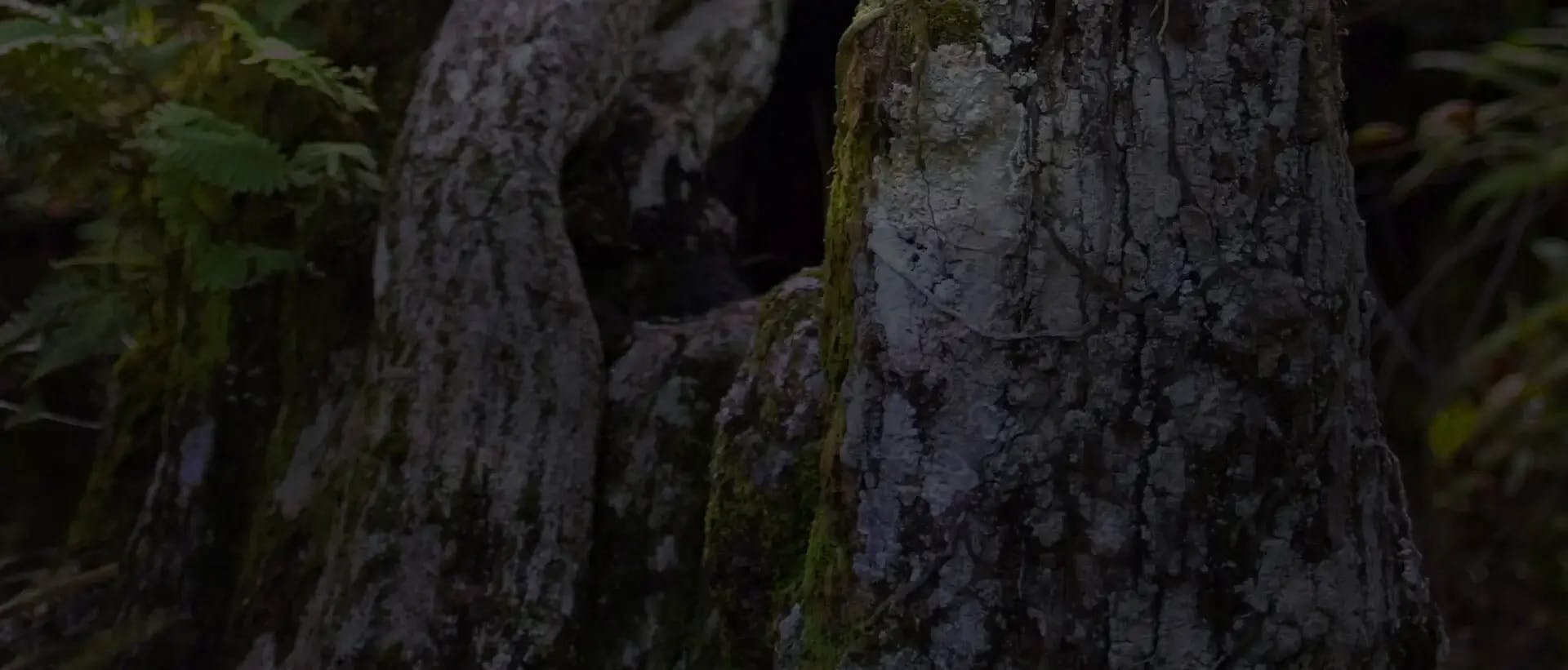Galeottia burkei (Rchb.f.) Dressler & Christenson, Lindleyana 3: 221 (1988 publ. 1989).
This name is accepted.
20151783 prjc
Pupulin A synopsis of the genus (as Mendoncella) was offered by
Garay (1973), who distinguished Galeottia from other
pseudobulbous Zygopetalinae mainly by the petals decurrent
on the column foot and the lateral sepals adnate to the column
foot near the apex. He considered Galeottia close to
Batemannia, from which it can be distinguished by the
presence of well-developed auricles on the column, a
corrugated or flabellate crest at the base of the hypochile,
and the lateral sepals basally strongly enrolled-gibbose.
Species of Galeottia have been described in the genera
Batemannia Lindl., Mendoncella, Zygopetalum Hook., and
Zygosepalum (Rchb.f.) Rchb.f., and many of them were
moved back and forth among these genera because of
difficulty in assigning sharp generic circumscriptions within
the Zygopetalum complex on the sole basis of morphological
features. As presently circumscribed, the prominent ribbed
crest of the lip, the two-winged column, and the distinctly
saccate base of the lateral sepals characterize the genus among
the taxa of the Zygopetalum grade. In the combined analysis
of nuclear and plastid DNA data sets carried out by Whitten
and collaborators (2005), a strongly supported clade includes
Galeottia, together with Batemannia and Zygosepalum labiosum,
as the most derived group of the Zygopetalum grade.
Some species of Galeottia (plus Batemannia lepida), however,
are on a long branch relative to the other members of this
clade, likely explained by paralogous trnL-F sequences.
Inclusion of additional genome regions in the molecular
analysis is required for a better understanding of the
phylogenetic relationships of these genera.
below -collection of plants from Venezuela









